In order to help winegrowers to sell more wine in 2019, we have examined wine consumption trends for this year. Although each country has it’s own specifics, we can draw parallels in wine consumption. After all, wine is a globally desirable good that is not geographically bound when it comes to sales. By knowing wine consumption trends winery can adjust it’s marketing to boost wine sales. In the past we have already written about marketing strategies wineries can use to boost sales, and some of those tips are still very relevant. Nevertheless below we have provided 6 wine consumption trends for 2019 and tips on how to boost wine sales.
1. Decrease in alcohol consumption
OK, so let’s bite into the sourest apple first. In developed world markets, alcohol consumption is decreasing, due to health and wellness concerns. Moderate drinking trend is currently embodied by young people, under 35, while Richard Halstead from Wine intelligence predicts that this healthy lifestyle will be in 2019 also adopted by people in their 40s and 50s. Therefore the decrease in alcohol consumption is expected this year and in the years to come.
So what as a winegrower, who wants to sell more wine, can do about this consumer trend? First, acknowledge that people who care about health consume wine next to their food to have a perfect meal experience. Wine is complimenting the food they are eating. So run wine marketing around food, and pair your wines well with different food. Focus on dishes your costumers like to eat and create perfect meal experience which obviously includes your wines. Another option you have is to produce low-alcohol wines. As there is a growing interest in low-alcohol drinks.
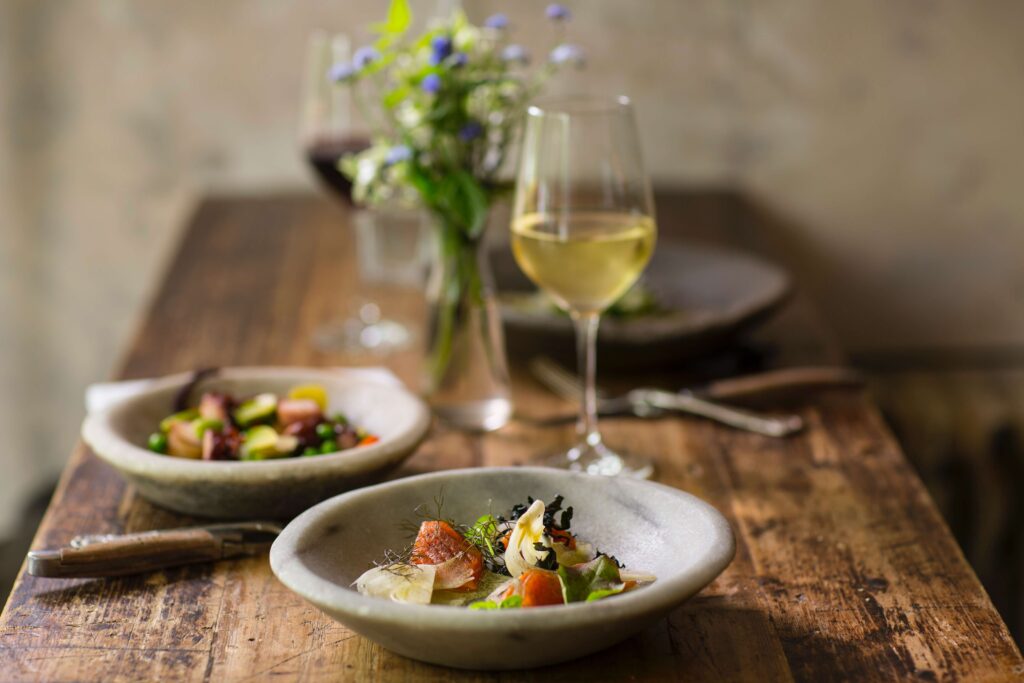
2. Rise of Sustainable/Organic wines
Sustainable wine production and environmental protection are still the driving force of wine sales. People all around the world are becoming more and more aware of the need to protect the environment. And that’s why they are looking for wines that are produced in an environmentally friendly way. Being committed to organic and sustainable winegrowing, and having trustworthy environmental protection certificates, on one hand, generally drive sales while enabling price increase. Many consumers are willing to pay more if they know that wine has been produced in a nature-friendly way and no additives were added in the process of winemaking.
If you are not yet producing wine in a sustainable or organic way, start now! You don’t need to go all-in at once, if that’s not feasible for you, start slowly and share your plans and steps, as well as struggles into sustainability with the world. How? Share it on your communication channels (web pages, social media platforms,..), put certificate badges on your wine bottles, list ingredients on your wine labels. Listing wine ingredients it’s also a great way to attract wine consumers who care about health.
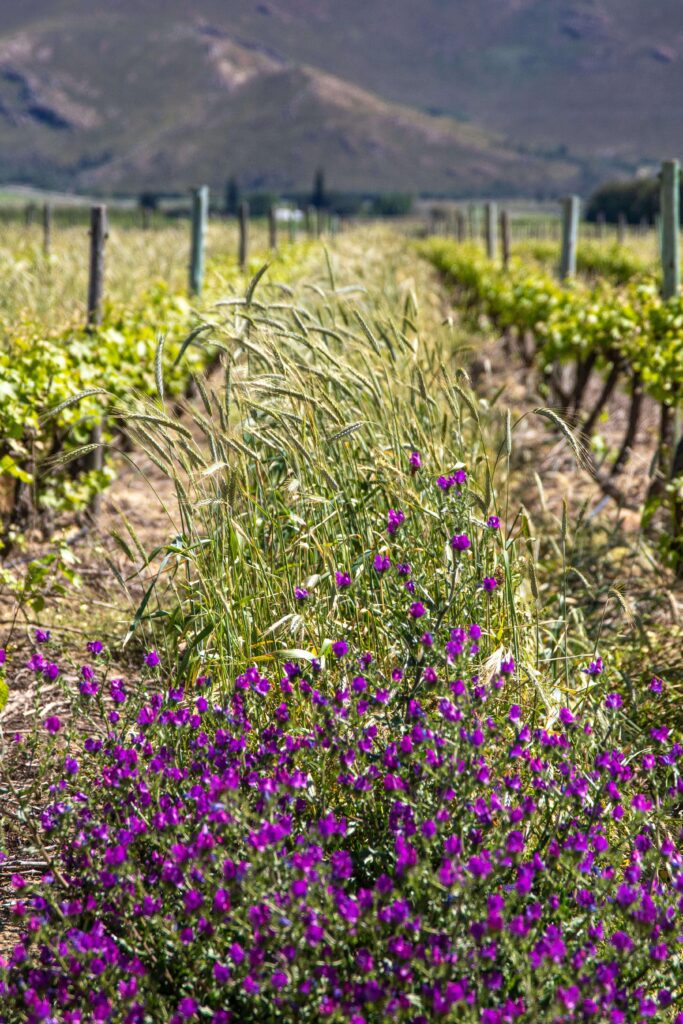
3. Increased interest in wines suitable for vegans
With rising awareness of environmental protection, animal welfare, and a healthy lifestyle, has led to the wide adoption of a plant-based diet. In recent year there is a rising consumer demand for all things plant-based, especially in western countries. Unfortunately, vegans have often a hard time to find wines that are suitable for them, as several fining agents used in the process of final bottling are derived from animal proteins. But it doesn’t have to be like that, a lot of vegan-friendly fining agents exists on the market and do the job well.
As this is merely a choice of a winery, simply change the fining agents, while if you already produce vegan-friendly wines, and if you find out that a vegan niche is your thing, then get the vegan certificate. The next thing you can do is to search online for the “vegan-friendly wine lists”, in the area you sell your wines and try to get listed. You can try with national vegan associations or vegan food bloggers. Normally they will be happy to add a new vegan wine to their list. In this way, you can easily and free of charge promote your wines among vegans.
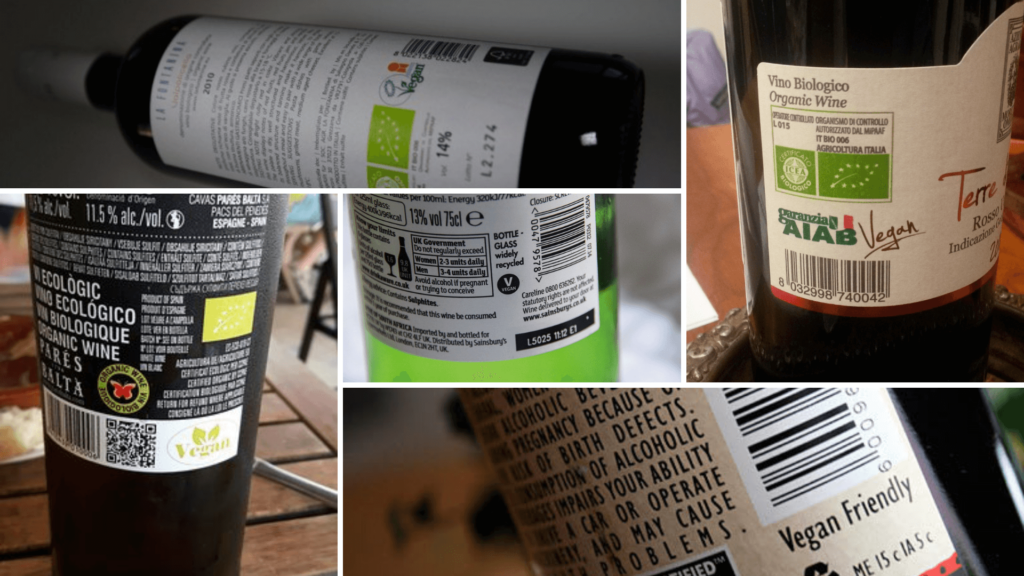
4. Millennial: the largest living generation doesn’t embrace wine consumption as everybody hoped
The millennial generation is today’s largest living generation; for example, this generation makes up 25% of the Chinese population, and 22% of the US population. This is a generation of individuals who were born between 1981 and 1996, and are thus all over 21 years old (enough to drink legally). They already represent the vast majority of the working force and are all moving into their higher-spending years. However, it seems that they are not embracing wine consumption as everyone hoped for. Wine industry is having a hard time to compete with smartphone applications and other beverages (beer, hemp and non-alcoholic drinks) for their attention. While health messages of excessive alcohol consumption discourage them from wine drinking.
Although statistics show growth in wine business the Millennial are responsible for a very little of that growth, the vast majority of growth comes from generation X and baby boomers. Don’t rely on those two generations as baby boomers, who still purchases the most wine, are slowly moving into retirement and thus declining in their consumption; the majority of generation x is way under legal drinking age and still dependent on the money of their parents.
So if you want to sell more wine in 2019 and beyond you must reach Millennial consumers as they are the greatest opportunity for the wine business. Although poor wine consumption by the Millennial generation provokes uncertainty, studies show that alcoholic beverage consumers turn to wine as they mature, so there is some hope.
Wonder how to sell to Millennial? First understand their fears and concerns regarding health issues – once again read tips no 1 and 2 above; second, give them what they want – uniqueness and experience.
- Millennial like uniqueness, so make sure they will notice you. Anything different will attract their attention, such as wine aged in whiskey barrels, the wine aged in amphoras under in the sea, wine with chilly, wine with hemp, etc. Different wine bottles and unique labels will do the job as well, after all, if you sell wine in stores, you need to step out to be noticed on the shelf full of wine. Unique are also wines from vine varieties that suits the climate and growing area and are thus produced with less pesticides and in a more sustainable way (see tip no. 2). Despite all the trends, high quality is the most important factor to increase sales, which can be achieved only with fitting vine variety to the climate and growing region.
- Millennial adore personal experience. Why do you think vloggers are so popular? Most of them talk about their passion and how they see the world and share their everyday life experiences with the world. So give them just that, let them know who you are and what you do. Share your winery story with them, let them know what you like to do on Saturday morning so that people will be able to relate to you and your everyday life. Put a human face to your wine brand. Don’t share only positive news, let them know that wine-growing is not an easy job. Let digital marketing help you with that. Use winery social media profiles to share photos, news, and videos about you, your workers, and your winery every day, make live videos behind the scene, etc.
PRO TIP: Video marketing is at the moment top source of traffic and revenue in different industries, so if you are not using it already, start now.
5. Increase in wine tourism, but …
In recent years, there has been an increase in wine tourism, in 2018 enotourism became a really important source of revenue, and the trend towards the popularity of winery visits will continue in 2019. And despite the fact that more people travel due to wine tasting, tasting room visits are decreasing. The reason for that is changed customer behavior: we now have a typical customer who no longer visits wine country merely for purpose of wine, but visits in order to have a unique experience. According to the 2019 State of the Wine Industry Report, older generation prefers to stay in a luxury hotel and visit only a few wineries instead of the five or more, as they did when they were younger. While younger generations don’t have as much money so they visit only one or two wineries who have lower tasting fees or the ones that offer the best experience. Note that younger and older generations seek different experiences. While in the past, tasting room was the only experience customer wanted and expected, this is not a case anymore. Wine tasting and wine clubs, and better hospitality are not enough anymore to increase on-site winery sales.
The future sales will be done with building brand recognition with the concept of “experience”. Younger generations are looking for experience along with their eating or drinking, so get ready for the unique concept of winery restaurants, offering vineyard yoga, cycling among the vineyards, wine-and-food pairing sessions on location, etc.
Building brand recognition is extremely important in order to attract younger generations.
Find a way to offer unique experiences to wine consumers, either prepare interesting and different wine tasting and winery tours, offer educational and entertainment winery visits (such as harvest workshops, blending sessions, and wine-pairing events) or/and start with a wine festival. Once you get customers to your winery, ask for feedback. Try to find out why did they decide to visit your winery in the first place, what did they like, what they didn’t like, did they get what they expected or not,… Then on the basis of feedbacks improve, re-organize events, or try something different.
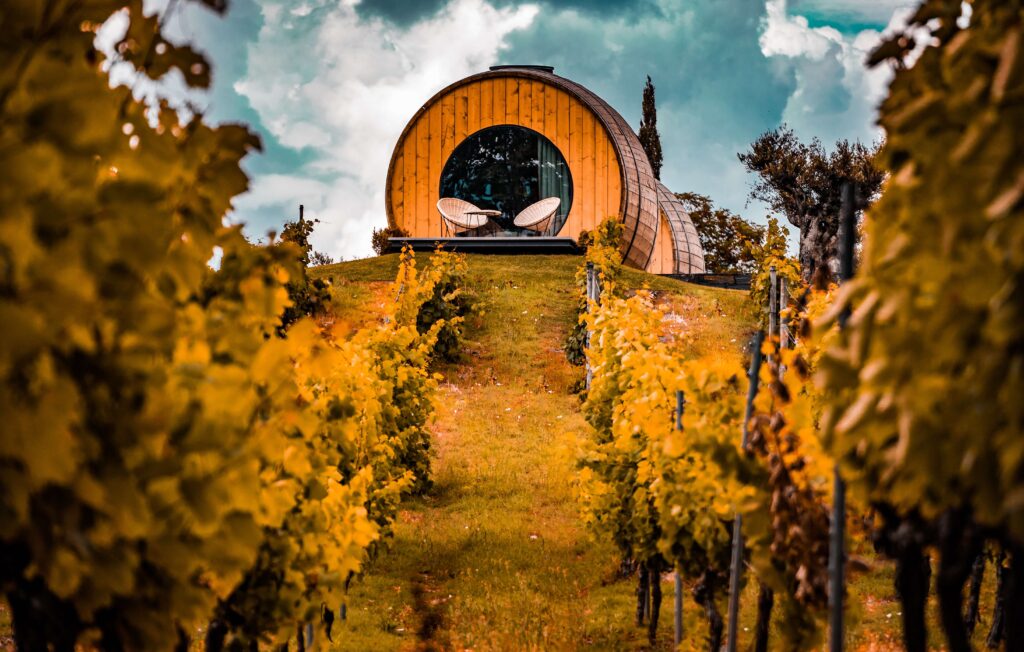
6. Technology dominance
As in any other industry, technology will continue to dominate and have a big impact on consumerism. Make use of it. Several different wine apps exist on the market which helps wine consumers to find the perfect wine for different occasions. For example, wine apps can help consumers to find the best wine based on their taste and drinking preferences, offer wine-pairing advice based on food choice, or help find the perfect wine for a particular celebration or occasion, as well as for a gift. So anyone can find and shop their perfect wine without living the comfort of their home.
Apps are also a great way for any winery to introduce their wines to the millennial generation since apps are mainly used by younger people. So start using those apps as a supplier, you don’t need to get to all of them at once. Start slowly by making research on which of all those apps are most used in your target market and get listed to one.
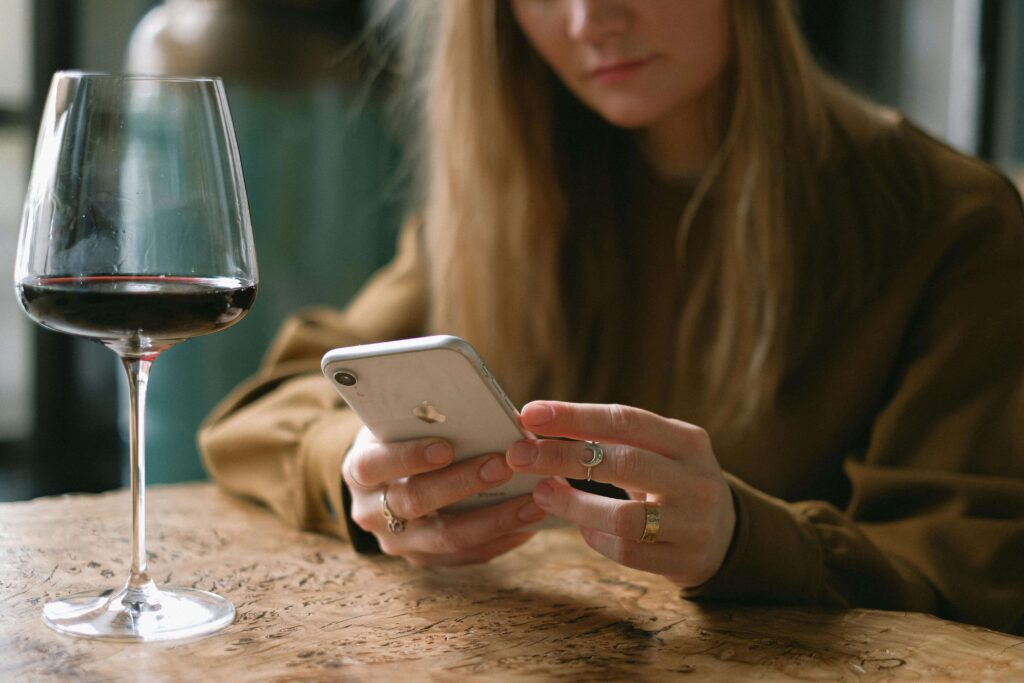
Another way how technology can help you sell more wine is by joining the delivery services. Wine delivery services are emerging, so make sure to get in. You know how you can order a pizza to your doorstep either by phone, app or online platform, you can do the same with wine, or even better together with the food. Weekly boxes with homemade food are still very popular, why not arrange with someone who is already doing this, in your area, to include your wines in the offer? Experiment as you like, just keep in mind that wine consumer will not come to you just like that, you need to come to them first. Don’t insist on customer to come to you first, because in the increasingly digital world you will lose. Get closer to your customers, at their doorstep if necessary, and let technology (online wine shopping platforms, wine apps, wine delivery services,…) help you with that.
For the end
While wineries with a long-established brand and great wholesale partners are doing well, smaller family wine producers are often struggling with their market strategy. Especially because their marketing strategy and “experience” lies only on tasting room and club models, and with changing consumers needs, the struggle will continue. We have presented future wine consumption trends and gave you some ideas, now it’s on you to do something about it. Certainly, any winery that will be able to attract millennial generation will experience the biggest boost in wine sales. And no, you don’t necessarily need marketing gurus for that, make use of social media, available technology, and prepare unique experiences for your visitors.
Sources:
- 5 predictions for 2019, by Richard Halstead. On wine intelligence (online).
- Wine trends to watch in 2019, by Chris Mercer. On Decanter (online).
- How We Will Drink Wine In 2019: Trends According To Winemakers And Pros by Jill Barth. On Forbes (online).
- Millennials are talking but the wine industry isn’t listening by Blake Gray. On The Gray Report (online).
- Consumer, market changes unnerve wine industry by Tim Hearden. On Westrn FarmPress (online).
- R. McMillan. 2019. Sate of the Wine Industry Report 2019. Silicn Valley Bank.

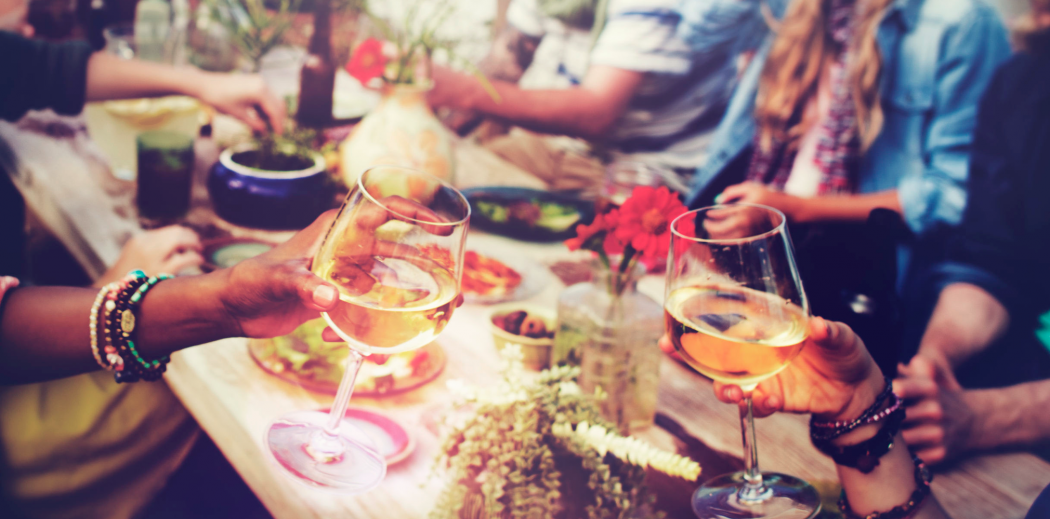
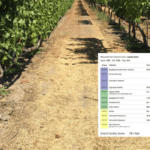

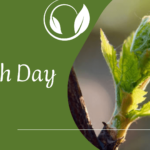
One response to “Trends and tips to boost wine sales in 2019”
Hey Urska,
Great Tips. It is really helpful to me. I wish to see much more like this.